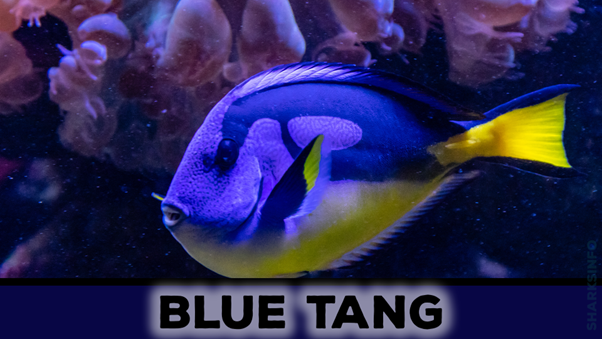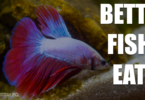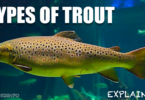Called by several names like blue hippo tang, royal blue tang, and blue tang surgeonfish; blue tang is basically a surgeonfish belonging to the family Acanthuridae. The moveable spines on their bodies resembling the surgeon’s scalpels have titled them surgeonfish. But there is a common misconception that people consider most of the members of this family as blue tang, but all of them do have different characteristics. Let us tell you about a true blue tang in detail.
Blue Tang Characteristics
Scientific Name: Paracanthurus hepatus
Scientific Classification

Physical Appearance
They have the striking coloration of canary yellow on their tails and their bodies are of royal blue color with pale yellow color on the underside of the body. Their bodies are highly compressed and even flat with pointed scales on them and have a pointed-snout-like noses.
Size And Weight of Blue Tang
Blue tangs are small fish as they can grow only upto 15 inches in the ocean and as much as 12 inches in the aquarium. The males of the blue tang are slightly larger than the females and on average the blue tangs weigh around 1.3 pounds only.
Geographical Distribution of Blue Tang
Blue tangs are commonly found near coral reefs or deep grassy habitats in the ocean. They prefer to hide in the rocky areas of the deep sea in the Indo-Pacific Oceans. Geographically speaking, they are found in abundance in the Caribbean Sea, Florida, and the Bahamas.

Reproduction
They are known for their special reproduction method known as “Broadcast spawning” or “Spawning rush” in which females and males release several eggs and sperms, respectively, in the water at a time and fertilization happens. Later, these eggs developed into an adult after completing their metamorphosis.
Although females release around 40,000 eggs in one session, only a few of them get fertilized. They can live as long as 20 years.

Communication Strategies
Little is known about the communication methods of blue tangs but it has been suggested that they might use their vision, and chemical touches to cue other members of the species in the oceans.
Diet of Blue Tang
Blue tangs are majorly herbivores but sometimes do exhibit omnivorous behavior. They commonly feed on marine algae, seaweed, brine shrimps, and plankton.

Due to their stunning appearance, they are kept in aquariums at large. In captivity, they feed on algae wafers, nori, spirulina, algae tablets, frozen worms or brine shrimps, and packaged foods like pellets and flakes too.
Hunting Strategy
As primarily, blue tangs feed on algae, they simply use their sharp teeth to scrape algae from nearby coral reefs. Sometimes, they also prefer to consume plankton, when hungry. They hunt plankton with a school of fish.
Threats And Predators of Blue Tang
These adorable species also face threats from some of their natural predators including tiger grouper, bar jack, tuna, barracudas, snappers, and reef sharks. It has been observed that their flat-shaped body and sharp caudal spines on it puts them at an advantage, as predators find it hard to swallow them.
Do Blue Tangs Pose A Threat To Humans?
Watch out before touching or consuming this fish. Blue tang’s sharp caudal spines can cause injuries leading to infections in humans. They also carry a toxin in their bodies known as ciguatera, which upon consumption can cause poisoning in the body. The symptoms of this poisoning could be muscle aches, headaches, heart or breathing problems, or even hallucinations.

Conservation Status of Blue Tang
The population of blue tang fish is quite stable in the oceans, that’s why this specie is marked as Least Concern by IUCN in their red list.
Blue Tang Interesting Facts
- Blue tangs exhibit cleaning behavior in which they attach themselves to the organisms (usually green turtles) and clean parasites off their skin.
- They can be found adapting to three different social modes including wandering, territorial, or schooling.
- Blue tangs are used by humans as bait fish.
- They are adorable and are involved in the aquarium trade.
- They are known to attract ecotourism due to their vibrant appearance.
The Final Word
Blue tangs scientifically known as Paracanthurus hepatus is a blue and yellow-colored flat-bodied fish found in clear waters near coral reefs. They prefer to feed on algae by scraping it off the corals and rocks at the bottom of the ocean. As they follow the broadcast spawning for reproduction, they reproduce a large number of young ones, thus, their population is stable.







